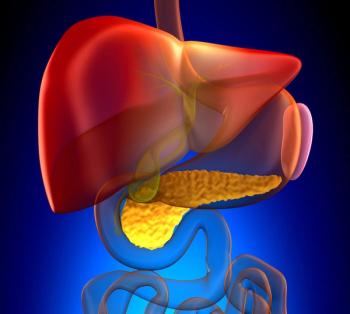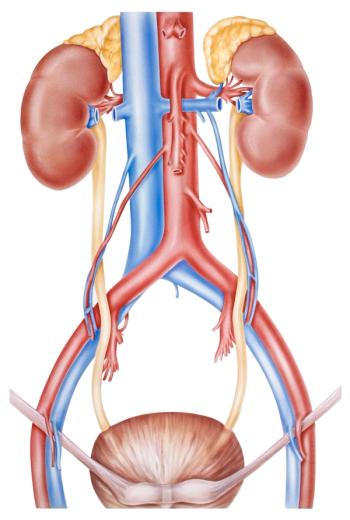
Radiation to Pancreas Ups Diabetes Risk in Hodgkin Lymphoma Survivors
Survivors of Hodgkin lymphoma may be at increased risk of diabetes if they were exposed to radiation to the para-aortic lymph nodes and spleen during treatment.
Long-term survivors of Hodgkin lymphoma may be at increased risk for diabetes mellitus if they were exposed to radiation to the para-aortic (PAO) lymph nodes and spleen during their treatment, according to the results of a
“Although radiotherapy to the spleen is rarely administered nowadays, there are many long-term Hodgkin lymphoma survivors who have received splenic or PAO irradiation as part of Hodgkin lymphoma treatment in the past,” wrote Frederika A. van Nimwegen, MSc, of the Netherlands Cancer Institute, and colleagues, “In addition, current patients with Hodgkin lymphoma with (residual) upper abdominal disease as well as patients with testicular cancer or stomach cancer may still be exposed to radiation to the pancreas. Treating physicians should be aware of the increased risk of diabetes mellitus among Hodgkin lymphoma survivors treated with PAO radiotherapy.”
Van Nimwegen and colleagues discovered this association from the results of a study of 2,264 5-year Hodgkin lymphoma survivors. Their study looked at patients diagnosed before the age of 51 who were exposed to radiation of the pancreas.
After a median follow-up of 21.5 years, 157 patients in the cohort had developed diabetes. Seventeen percent of these patients had received PAO radiotherapy without irradiation to the spleen, and about 30% had received PAO radiation with irradiation to the spleen.
The overall incidence of diabetes was 4.1% at 20 years and 8.3% at 30 years. The researchers found an increasing incidence of diabetes with increasing doses of PAO radiotherapy. Patients who did not undergo PAO radiotherapy had a 30-year incidence of diabetes of 6.1%; patients who received 10 to 35 Gy to the PAO fields had an incidence of 7.1%; those with doses of 36 Gy or greater had an incidence of 14.2%.
Overall, the researchers calculated that irradiation with 36 Gy or more to the PAO lymph nodes and spleen conferred a 2.3-fold increased risk for diabetes; PAO radiotherapy alone was associated with a 1.82-fold increased risk for the disease.
“Our study shows that radiation to the PAO lymph nodes, leading to radiation exposure of the pancreas, is associated with a dose-dependent increased risk of diabetes mellitus in long-term survivors of Hodgkin lymphoma,” the researchers wrote. “On the basis of current and previous findings, diabetes mellitus screening should be considered in Hodgkin lymphoma follow-up guidelines for patients treated with abdominal radiotherapy.”
Newsletter
Stay up to date on recent advances in the multidisciplinary approach to cancer.















































































